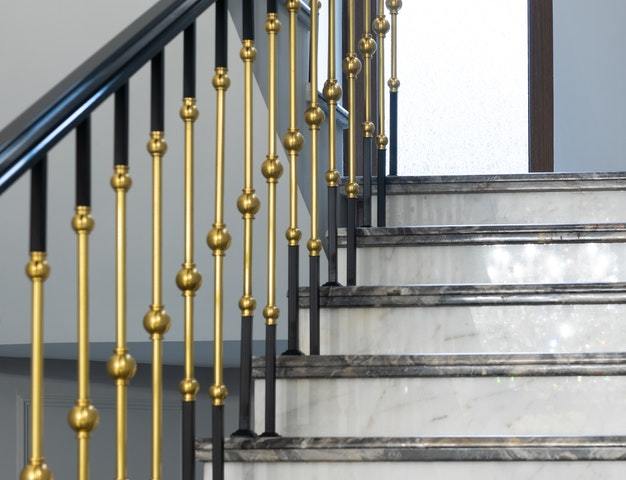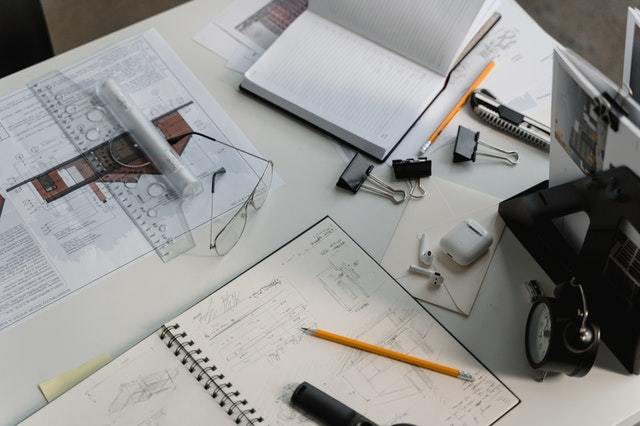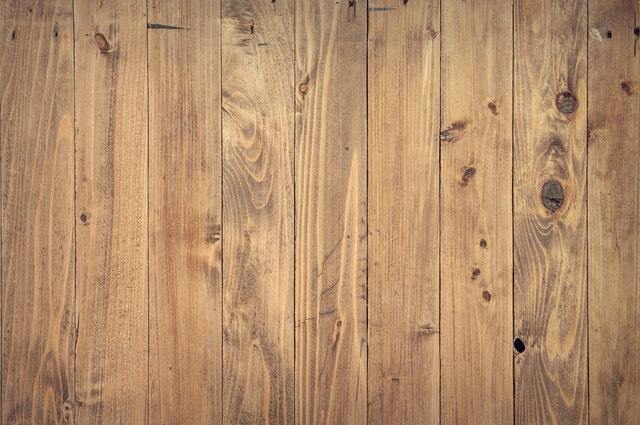
Without a doubt, staircases improve the aesthetic appeal of a home and make it more functional.
They also create an easy flow between different floors in a house.
Staircases come with different shapes and designs. Some are situated inside the house while some are mounted outside the house. The style and design used in various buildings may depend on some factors or the choice of homeowners.
If you wish to know the different parts of a staircase and their functions, we have listed below all that you need to know. So keep reading.
12 Different Parts of a Staircase
1. Tread

Image credit: rona.ca
The tread is the flat horizontal surface your feet are placed when you step on a staircase. It is one of the main components of a staircase, and without it, a staircase will be non-functional.
Treads can be made with different materials: acrylic, wood, steel, tile, panel product, or glass. Ideally, the thickness of a tread in depth should not be less than 10 inches to enable it to hold the weight enforced on it while ascending or descending.
A tread is always less than a riser (another part of the staircase) by one. It can be covered to prevent slip or fall.
2. Risers
Risers come next to tread as the main component of a staircase. However, they aren't found in all staircases because the feet aren't placed on them when climbing a stair.
Some homeowners include a riser because of the aesthetic appeal and safety from slipping. It is vertically shaped and found between each successive tread. Outdoor deck steps and spiral staircases rarely have risers.
Risers have standard maximum and minimum heights of 7 mm and 4 mm, respectively. Staircases without risers are called open tread stairs while those with one are called closed tread staircases.
3. Steps
A step is the combination of the two components mentioned above: a riser and a tread. It is the basic structural unit of any stairs that permits comfortable ascending and descending.
A step can be straight, bullnose, or curtail. It is also made from several materials and designed into different styles, sizes, and shapes.
A straight step, as the name implies, is straight and begins from the new post. A bullnose step looks like a quarter circle, and a curtail step helps your stairs stand out as it is the starting footstep. Curtail steps may be wider than others if the staircase is open at one end to aid easy navigation, stability, and movement.
A curtail step is divided into 3: a single curtail, double curtail, and triple curtail. The difference between them is the number of risers they extend to. That is one riser, two risers, and three risers.
4. Nosing
Nosing is the extension of the tread beyond where the riser and tread intersect. It is often part of the tread, but sometimes it's an additional piece added to the edge of the stairs to prevent slipping as the stairs become more visible.
It is generally round at the edge and is placed where there’s heavy traffic. A nosing can be made from wood, vinyl, or aluminum. In public buildings, nosings are legally required to be included in all staircases to aid safety when navigating the stairs. Aside from protecting humans from slipping, it protects the stairs from quick wear and tear.
5. String or Stringer

Image credit: designerstaircases.com.au
This is a long wood, also called a stringer board. It is where the treads and risers are attached. It is found on either side of the stairs as structural support for the staircase and easy navigation on the stairs. The length of a stringer is dependent on that of the riser.
A cut stringer is one found on open-sided stairs making the treads visible. In contrast, closed-sided stairs have closed strings.
6. Winders
Winders are a type of step typically found on a circular or spiral staircase. Unlike other steps, winders are narrower on one side than the other. They are responsible for a change in direction when using the stairs. When using staircases with no headroom, winders come to the rescue. A room with definition but no two corner walls can house a winder perfectly.
7. Handrail
Handrails are protective bars that sit on the balusters and between the newel posts. They are ideal for stairs used frequently by elderly people, as they provide support for them when they rest their arms on them.
Handrails are found on both sides of a staircase or a side only. Aside from elderly people, they protect all users from accidental falls. Thus, handrails are both for aesthetic features as well as safety measures. They are usually made from cast iron, wood, stainless steel, or aluminum.
8. Newel Posts, Caps, and Drops

Image credit: ozstair.com.au
Every time you take the stairs, newels are the large posts you sight first or last, depending on whether you are moving up or down. They are vertically shaped but can be styled in different ways.
They are called box newel when shaped like a box and turned newel when curved.
Newel is also known as the support column that connects the floor to the railings. Standard, pin-top, landing, and stabilizer newel are the different types of newels you will find on staircases.
Newel posts house the handrails, treads, strings, and risers. And newel caps and drops are added to the top of the posts for decorative purposes.
9. Landing
This is the platform or floor you step on at the top or bottom of a staircase. As recommended, the landing shouldn't have more than 20 risers and 3.5m between floor levels.
When a landing extends across the entire staircase, it is called a half-space landing. When it extends across half the entire width, it is called a quarter-space landing.
Among the functions of a landing are: it allows for corners on the staircases, it minimizes the chances of slipping, it increases steepness, and it makes the stairs structurally sound. Sometimes, an intermediate landing is added to the middle of a staircase to accommodate a change in direction.
As stated earlier, landing can be half spaced (when it covers the entire width of the staircase), quarter space (when it covers half the staircase), and split landing (shorter than the previous ones and splits at an angle 90°).
10. Baluster

Image credit: civilblog.org
Balusters, also known as guards or spindles, help to hold the handrails. They are often made of stone, wood, aluminum, cast iron, or stainless steel. Sometimes, they are molded to be plain or decorative.
There are two kinds of balusters of different lengths found on treads to help them function properly. It's safe to say that balusters complete a staircase. They support the handrails against accidents and strengthen their quality.
11. Turnout
These are made from various wood types and are used to complete the bottom of a railing system to perfection. They are sometimes used as an alternative to volutes because of their less dramatic look.
They also permit continuous handrail flow. The left and right-hand turnout are the two types available. If you’re coming up a staircase, you’d find the left turnout on your left side.
Turnouts are very beautiful and are made from maple wood, cherry, alder wood, poplar wood, red oak, and other aesthetically pleasing woods. They are easy to install.
12. Gooseneck
A gooseneck functions best when you need a change in direction on the staircase. It is advisable to buy goosenecks alongside the handrails since they are meant to fit into the handrails at the landing.
Goosenecks are also used to join sloped handrails to other handrails at a higher height. They are made into different shapes and sizes to suit your needs and preferences.
Tips To Prevent Slips on Staircases
Staircases are an important component of a building, making connections between two heights or levels possible. They not only make the building more accessible, but they also make it look stylish and appealing.
When staircases are properly installed, accidents and slips are rare. Bad lighting and maintenance can cause accidents to happen more frequently on staircases.
Having considered all of the various parts of a staircase, what they are made of, and how they intersect each other, we also considered it helpful to add few tips on how to reduce slips and falls.
Here are tips to prevent slips or accidents.
- Never run on a staircase or rush down the stairways
- Always watch your steps on the stairs and avoid making phone calls while walking on the stairs
- Check for cracked treads or risers
- Use the handrails always. You’re not too "adult" to escape a fall
- Invest in proper lighting, especially at night. Keep the windows open during the day
- Keep the staircase free of objects
- Proper cleaning is a must. Cleaning from top to bottom and not the other way around
- Use the right cleaning products
- Keep the steps clean from dust, specks of dirt, obstacles, and toys
- Clean up spills immediately and
- Use anti-slip carpets if you must use a carpet






1 comment
Emmanuel
Thanks
Leave a comment
This site is protected by hCaptcha and the hCaptcha Privacy Policy and Terms of Service apply.